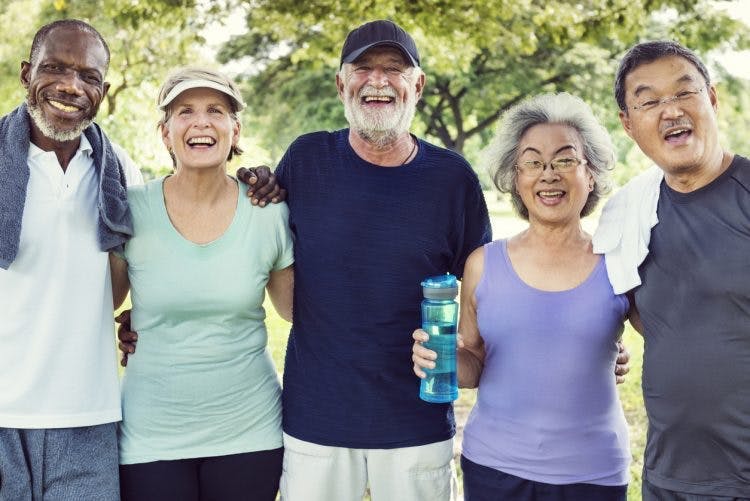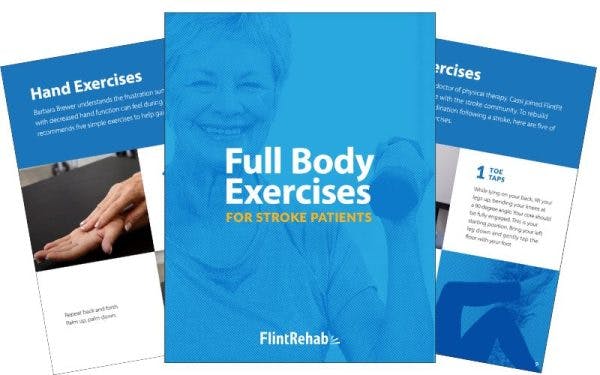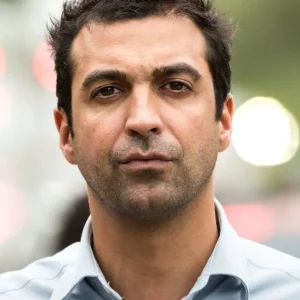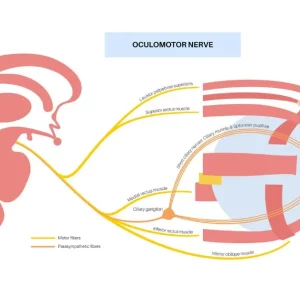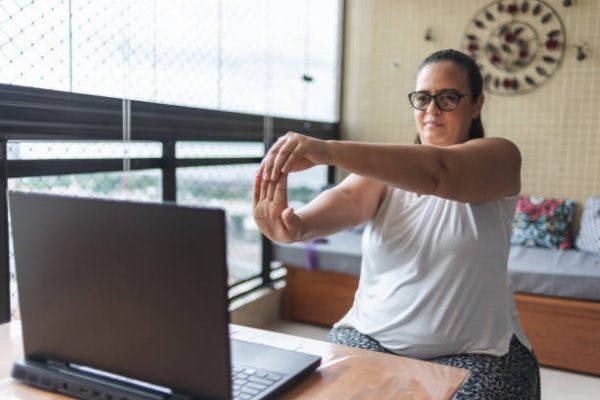Massed practice is one of the most important concepts for recovering from a neurological injury. Almost all rehabilitation methods revolve around repetition, because this is the key to recovery.
Massed practice, at its most basic definition, involves continuous practice of a task without rest and is one form of repetitive exercise. However, there’s much more that massed practice entails, especially during neurological recovery after a stroke, spinal cord injury, or brain injury.
In this article we will discuss the nuances of massed practice and how you can apply this to your recovery. When used correctly, massed practice can help accelerate improvements during rehabilitation and increase your independence with daily tasks.
Why Massed Practice is an Effective Tool for Rehabilitation
After neurological injury, a portion of the nervous system becomes damaged. When the brain or spinal cord is affected by stroke or other injury, the affected cells are unable to communicate with the rest of the body to carry out motor tasks.
The resulting disconnect between the nervous system and body is what causes most side effects after neurological injury, such as hemiplegia and hemiparesis (weakness or paralysis on one side of the body). This can also present as decreased coordination or ataxia, which can be a very challenging secondary effect of neurological injury.
To recover from these injuries and compensate for lost function, the surrounding areas of the brain and/or spinal cord must pick up the slack. This is possible through the phenomenon of neuroplasticity.
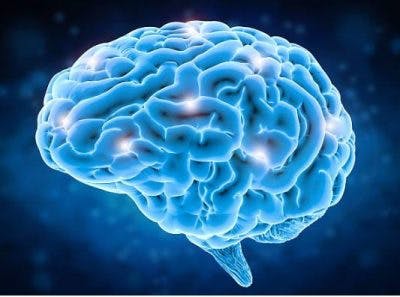
Neuroplasticity is the mechanism that the nervous system uses to rewire itself and form new neural connections. This occurs when healthy, unaffected areas of the brain or spinal cord begin to compensate and take on new pathways and motor functions. Each time a meaningful task is practiced, those neural pathways are reinforced and become stronger, leading to improved performance and efficiency.
As neural pathways begin to reform and strengthen, communication between the brain and body is restored. Gradually, motor impairments on the affected side begin to improve as the nervous system bolsters these connections and is once again able to send signals to the intended muscles.
The more you practice, the stronger those skills become. This is how massed practice helps recover the functions lost after neurological injury. Donald Hebb, a neuropsychologist, phrased it best: “Neurons that fire together, wire together.”
How Repetitive Action Helps Rewire and Heal the Brain
Looking at habits can help illustrate the importance of massed practice during rehabilitation. A habit is something that you do with little effort because you’ve done it hundreds of times before. Repetition and repetitive task training creates strong pathways in the brain for that specific habit, which is why habits eventually become “mindless” or automatic.
In contrast to this, a neurological injury can cause a patient to exert more effort to perform the basic activities of daily living, like getting dressed. That’s because the injury damaged the strong neural pathways that once controlled those skills. As a result, these once-simple skills involve increased energy requirements, greater concentration, and, at times, frustration.
Luckily, the brain can rewire itself to rebuild those neural pathways again. After an incomplete spinal cord injury, the spinal cord is also able to rewire itself. However, consistency is key for regaining function. As with all habits, you won’t see results without consistent effort repeated on a regular basis. For this reason, massed practice is a valuable concept within rehabilitation.
One study connected a lack of consistent therapy with the reason why patients remained at the same level of disability 5 years after stroke as they were just 2 months after the initial injury. Without consistent therapy, most patients do not get the exercise and repetitions they need to keep improving.
This is why a motivating at-home therapy regimen is critical for regaining function. Results come when you are consistent with performing your rehab program daily. When you put in the work, the brain will respond.
Which Secondary Effects Can Be Healed Through Massed Practice?
Massed practice can be a valuable tool to address most secondary effects of a neurological injury. By intentionally and consistently practicing the skills you need to rebuild, it is possible to regain lost functions and improve performance of activities of daily living.
Here are some examples of secondary effects that can improve with repetition:
- Impaired movement can be treated through massed practice of rehab exercises. The more repetitions you perform during physical therapy and between therapy sessions, the more your nervous system rewires itself. As a result, mobility improves.
- Impaired speech can be treated through massed practice of speech therapy exercises. By repetitively practicing different skills related to language, such as tongue movements and reading comprehension, the skill of language improves.
- Impaired senses, like difficulty feeling hot or cold, can be treated through massed practice of sensory reeducation exercises. Exposing your body to different textures and temperatures on a consistent basis helps your brain get better at processing sensory information (i.e. your brain gets better at “feeling”).
- Impaired activities of daily living can be addressed through massed practice of occupational therapy activities. Your occupational therapist can guide you through repetitive practice of these activities, including skills like dressing, tying shoes, and self-care.
Massed practice can help you recover from almost every secondary effect after a neurological injury. When the brain struggles with a skill, it can improve and rewire essential neural pathways through massed practice.
This does not mean you won’t experience plateaus or periods of frustration during your rehab journey. It is important, however, to continue pursuing rehabilitation and prioritizing repetition and consistency, even in the face of a setback or obstacle.
How Much Repetition Do You Need to Recover?
Massed practice helps with recovery from the effects of a neurological injury, but how much repetition is enough? Let’s look at supporting research for the answer.
In animal studies on neuroplasticity after stroke, it was shown that 400-600 repetitions per day of challenging functional tasks can lead to changes in the brain.
However, the average therapy session for upper limb rehabilitation only requires about 32 repetitions. That’s far below what the brain needs, which can explain why many survivors hit a plateau after about 3-6 months. Dozens of repetitions are a good start, but hundreds of repetitions are preferred to maximize gains in function.
That’s the beauty of high-tech rehab devices, like Flint Rehab’s FitMi home therapy. This device helps patients accomplish an average of 400 or more repetitions per session, depending on the patient’s level of impairment. Fortunately, even patients with severe impairments can still accomplish high numbers of repetitions that are needed to rewire the brain.
This massed practice helps you rewire the brain faster and reverse the effects of a neurological injury. Additionally, research tells us that massed practice should be relevant to the individual and should also be reinforced by feedback. Your therapy team will help you develop a rehabilitation plan to ensure massed practice of your exercises will help you reach your specific goals.
Consistency in Conjunction with Massed Practice
Another concept, called distributed practice, is another valuable piece of the recovery journey after neurological injury. While massed practice is necessary to achieve high repetitions of exercises and engage neuroplasticity, revisiting or distributing that practice over time is incredibly important.
Massed practice allows you to create new pathways and regain lost function. However, if those skills are not consistently practiced and revisited over a longer period of time, those new skills can be lost due to insufficient follow-up. This highlights the importance of both repetition and consistency over time.
Massed practice through high repetition goes hand in hand with distributed practice, allowing you to relearn skills and retain them permanently. Over time, hard work will pay off and you will continue to see gains in function and independence.
Recover from Neurological Injury with Massed Practice
When patients pursue rehabilitation on a regular basis at home, they see the best improvements. Habits and skills are not built overnight, but instead require repetition and consistency. Putting in the work is how skills are regained after a stroke, brain injury, or spinal cord injury.
Fortunately, when massed practice is applied to the rehabilitation process, patients can make enormous achievements after a stroke. Massed practice is the key to maximizing your chances of a full recovery. Continue to set goals and make rehabilitation exercises a priority in your daily routine to maximize your recovery potential.
